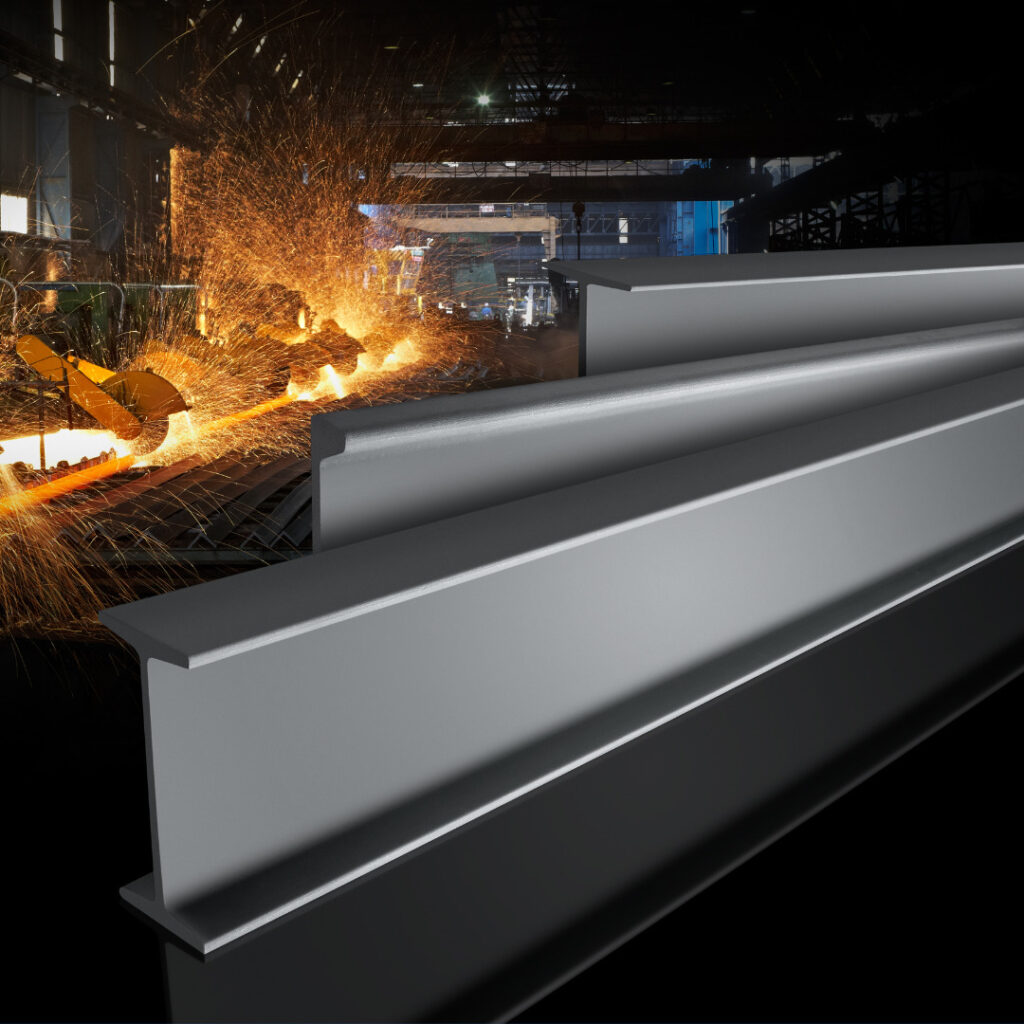How AUT can be employed for pipeline component inspection
What is Automated Ultrasonic Testing? And how can be used in the industry?
Automated Ultrasonic Testing (AUT) is a non-destructive testing technique that uses ultrasonic waves to inspect the integrity of materials and detect flaws or defects.
AUT involves the same components as manual UT (a transducer and a data visualization equipment), but the scanners move the probe(s) automatically. For MUT, the person carrying out the inspection is in control, whereas with AUT the parameters — i.e., speed and data recordings — are controlled through the AUT equipment, thus eliminating the need for inspector control.
AUT may involve the same motors and mechanized scanning as in MUT, but the UT data is recorded, allowing for live and post-inspection visual analysis, and automated data process or report writing. The process is highly repeatable with great accuracy
and it can be effectively employed to increase or estimate the life of pipeline components by assessing their condition and identifying potential issues. In this blog post we discuss how AUT can be used in this context:
Detection of defects
AUT can detect various types of defects in pipeline components, such as corrosion, erosion, cracks, and weld flaws. By performing regular AUT inspections, potential issues can be identified at an early stage, allowing for timely maintenance or repair before they develop into critical failures.
Sizing and characterization of defects
AUT provides detailed information about the size, shape, and location of defects in pipeline components. This data helps engineers assess the severity of the defects and determine whether they pose a risk to the component’s structural integrity. By accurately characterizing defects, engineers can estimate their impact on the remaining life of the component.
Evaluation of remaining life
By combining the data obtained from AUT inspections with other relevant information like material properties, operational conditions, and historical data, engineers can estimate the remaining life of pipeline components. This estimation considers the growth or propagation rate of defects over time and helps in making informed decisions regarding maintenance schedules, replacement plans, or operational adjustments.
Integrity assessment of welds
Welded joints are critical areas in pipeline components, and AUT can thoroughly inspect these regions for potential defects. By evaluating the quality of welds and detecting any flaws or discontinuities, AUT enables engineers to assess the structural integrity of the joints and estimate their remaining life. This information is crucial for ensuring the long-term reliability and safety of the pipeline.
Longitudinal and circumferential scanning
AUT systems are capable of scanning both longitudinally and circumferentially along the pipeline components. This allows for comprehensive coverage and inspection of the entire surface, ensuring that potential defects are not missed. By using advanced AUT techniques like phased array ultrasonics, precise imaging of the component’s internal structure can be obtained, aiding in accurate defect detection and sizing.
By employing AUT techniques for pipeline component inspection, operators can enhance the overall integrity management program. Regular and systematic inspections can help prevent catastrophic failures, extend the life of pipeline components through proactive maintenance, and enable more accurate estimations of remaining component life.
If you would like to learn more about SteelTrace and what AUT data it can capture and visualise please reach out to us or get our product brochure.




